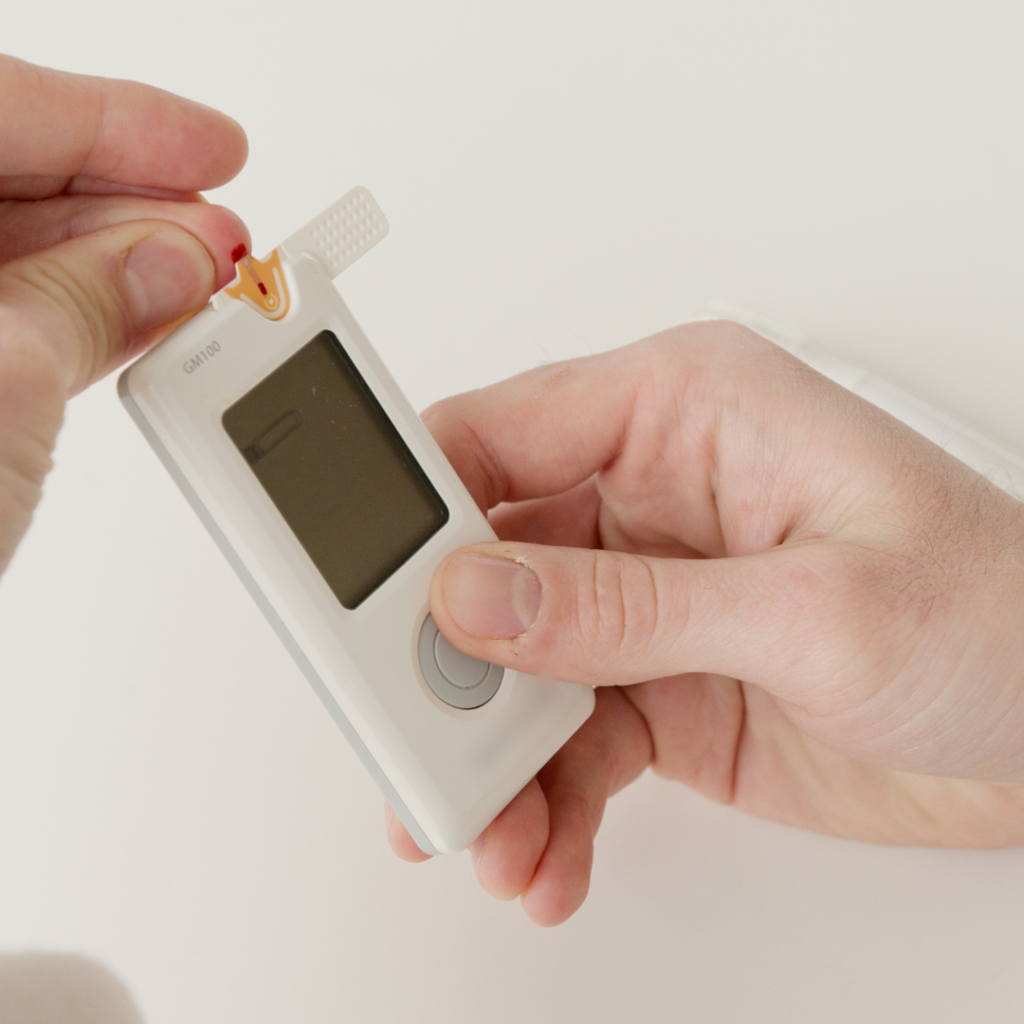
In our increasingly connected world, electromagnetic fields (EMFs) are an invisible yet pervasive presence in our daily lives. These fields are generated by a variety of electronic devices and wireless technologies that we rely on for convenience, communication, and entertainment. While the benefits of these modern innovations are undeniable, growing concerns about the potential health impacts of EMF exposure have led many to seek ways to mitigate their effects at home.
In this guide, we’ll delve into the definition of EMF radiation, explore the most common sources of EMFs in a typical household, and provide tips on EMF protection for the home.

EMF radiation refers to the waves of electromagnetic energy moving through space. These fields are produced by both natural sources, like the sun, and man-made sources, such as electrical appliances and wireless devices.
EMFs can be categorized in two types of radiation: non-ionizing and ionizing. Non-ionizing radiation has the potential to be less dangerous because it contains less energy. But there is ongoing research into its potential health impacts, particularly from prolonged and high-level exposure to radiofrequency (RF) radiation (which includes power lines, Bluetooth signals, and satellite communications, amongst other things).
Ionizing radiation is powerful enough to affect atoms in living things, meaning it can damage tissue and DNA. Examples are ultraviolet (UV) rays, X-rays, and gamma rays. Sources of UV radiation include the sun, tanning beds, UV lamps and welding torches. X-rays and gamma rays can come from natural sources like radon gas or uranium and thorium found in the earth’s crust. Human-made sources of X-rays and gamma rays are medical imaging devices like CT scans.
Shielding your home from EMFs involves a combination of reducing exposure, using shielding materials, and implementing practical measures to minimize EMF levels. Here are some strategies to help you effectively shield your home from EMFs:
Limiting the time you spend with sources of EMF can help significantly — especially if stopping use of these devices altogether isn’t an option.
Limit Wireless Devices
Use wired connections for internet and other devices.
Turn off Wi-Fi routers, especially at night, or use a timer to disable the Wi-Fi during certain hours.
Minimize the use of wireless devices like cordless phones and Bluetooth accessories.
Distance from EMF Sources
Maintain a safe distance from high EMF-emitting devices such as microwaves, Wi-Fi routers, and smart meters.
Keep electronic devices like cell phones and laptops away from your body when not in use.
With Quantum Upgrade, you can get 24/7 access to pure quantum energy. It not only revitalizes but also helps protect you from harmful EMFs at home. You can get a subscription for yourself or for your home — both will harmonize your energy and neutralize negative frequencies such as EMFs.


Shielding materials that contain silver, such as paints or fabrics can help block radiation.
EMF Paints
EMF Fabrics:
EMF Shields and Cases:
If you can’t remove all the EMF-emitting devices and gadgets in your home, you can try to at least keep one or two rooms in your home EMF-free.
Sleep Sanctuary:
Shielded Rooms:
Using grounding panels or checking on your home’s electrical wiring can be beneficial for protecting against EMFs.
Grounding:
Optimize Home Wiring:
You can’t protect against EMFs adequately if you aren’t sure where they’re most concentrated in your home. Track and measure EMFs with a meter to identify hotspots and guide your shielding efforts.
By combining these strategies, you can significantly reduce EMF exposure in your home, creating a healthier living environment. Always remember to measure the effectiveness of your shielding efforts with an EMF meter to ensure that your chosen solutions are working as intended.


In the home, common appliances and devices can produce significant levels of EMFs. Most of these are non-ionizing radiation, which generate lower levels of energy.
Examples of typical sources of household EMFs are:
The scientific community still disagrees about which sources of radiation are harmful and how much — a lot of research is still ongoing. Researchers look at certain health conditions and their link to EMFs, including cancer, brain activity, sleep disturbances, reproductive health, oxidative stress, and EMF sensitivity.


Research is still ongoing and new studies come out all the time investigating electromagnetic radiation’s effects on biological systems. Until we know more, we can’t be 100 percent certain that EMFs aren’t harmful. And it’s usually better to err on the side of caution.
EMFs and ELF-EMFs are a routine part of our lives. Most people live unaffected (or unaware that they’re affected) by this exposure, but others suffer from EMF sensitivity. They develop a variety of health symptoms linked to EMF exposure.
Individuals who suffer from EMF sensitivity report a wide range of symptoms, including:
The scientific community remains divided on the existence and cause of EMF sensitivity. Some researchers and medical professionals recognize Electromagnetic Hypersensitivity (EHS) as a genuine health issue, while others are skeptical, attributing symptoms to psychological factors or the nocebo effect (where negative expectations cause real symptoms).
Despite the lack of definitive evidence linking EMF exposure to EHS, some hypotheses suggest that low-level EMFs might affect certain sensitive individuals by influencing their nervous system or causing other physiological changes. However, these mechanisms are not well-understood and require further investigation.


There’s no cure for EHS, but there are effective ways to manage it. These methods include:
Reducing Exposure:
Creating Low-EMF Environments:
Making your home EMF-proof can be extremely beneficial in managing EHS.
By understanding what EMF radiation is and identifying common sources within your home, you can take proactive steps to mitigate potential health risks associated with prolonged exposure. EMF protection for the home starts with recognizing these sources and working toward creating a safer living environment. Implementing practical strategies, such as reducing wireless device usage, using EMF shielding materials, and creating low-EMF zones, can significantly lower your exposure and enhance your overall well-being.
Share

Disclaimer:
Quantum Upgrade® does not recommend or endorse any specific tests, physicians, procedures, opinions, or other information that may be mentioned on this website. Reliance on any information appearing on this website is solely at your own risk. Statements made on this site have not been evaluated by the Food and Drug Administration (FDA), the EFSA, or any other government derivatives thereof. Quantum Upgrade® products are not intended to diagnose, treat, cure, or prevent any disease or health condition.
On this website, the word “healer” does not refer to a physician or medical professional and it does not relate to the conventional way of helping others with medical treatments, pharmaceutical drugs, etc. Here a “healer” rather refers to how this word was used hundreds and thousands of years ago: someone that seeks to help by means other than conventional medical treatment. This may involve the use of herbs, minerals, crystals, and other natural elements. It can certainly also involve the use of various energetic techniques, working with the quantum field, the source, as well as specific frequencies and vibrations.
© 2025 Quantum Upgrade | All rights reserved